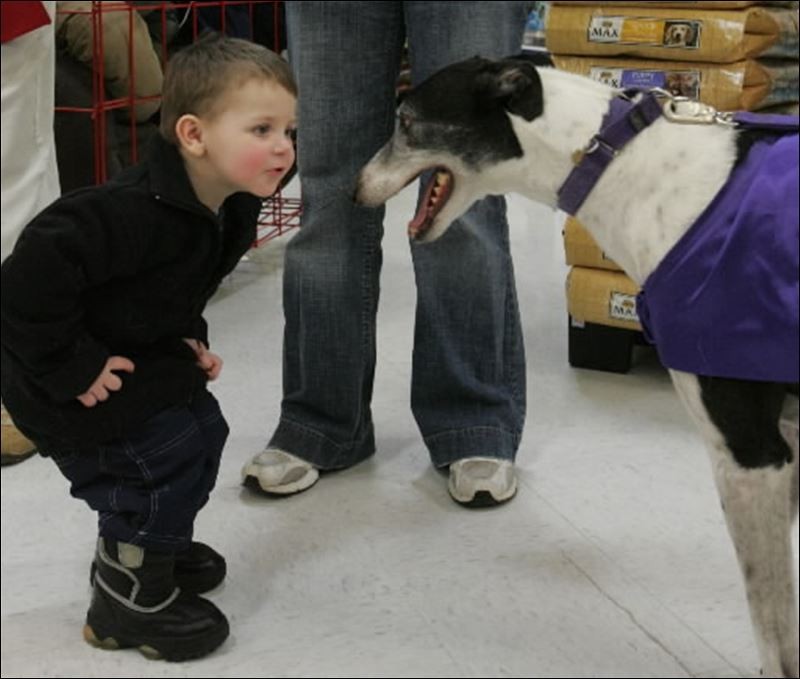Recession Hurts
Post on: 13 Июль, 2015 No Comment

To combat decline, the Federal Reserve (led by Chairman Ben S. Bernanke, shown in China in 2006) may adjust interest rates to jumpstart the economy.
Recession Hurts
The word recession simply refers to a market in decline. The term doesn’t necessarily describe all of the negative things that can come out of a falling market, like unemployment. It might help to visualize recession as a line graph. It begins immediately following the peak of what’s called a business cycle. Some economists think that markets exist on the law that what goes up must come down. So a complete business cycle goes from its lowest point — the trough — to its highest point — the peak — and then back down. Here, the cycle begins again. A recession simply describes one side of the business cycle’s wavelike structure: The decline from top to bottom.
Unfortunately, there’s no graph that economists can follow in real time to see whether or not a business cycle has entered recession. And even once it’s clear that the economy has entered decline, it’s hard to tell if the recession will be a long or short one. Graphs that depict market decline usually come about after a recession has already made its presence known in the markets.
There are a variety of factors that determine a recession. In a recession, all (or most) of the sectors that make up the economy (like the stock market. employment. retail trade and industrial production) enter decline at the same time. For the decline to be classified as a real recession, these sectors must suffer longer than a month or two [source: FRBSF ].
The National Bureau of Economic Research (NBER) looks at a few indicators to determine if a recession is taking place. The organization watches real personal income (what Americans take home in their paychecks after taxes) and employment figures on a monthly basis. Additionally, the NBER looks at industry output. For instance, are carpet manufacturers putting out more rolls of Berber than last month? Manufacturing and wholesale sales are an important consideration too: Are more of those carpet rolls being sold than last month? [source: NBER ]. The NBER says it may also look at the gross domestic product (GDP ). This is the sum total of the value of all of the goods and services produced in America. If these indicators all decline for several consecutive months, the NBER is likely to conclude that the United States economy has entered a recession.
As a result, money becomes scarce as wages drop and people spend less. To combat the decline, the Federal Reserve may step in and change interest rates to jumpstart markets again by infusing them with cash .
So if the economy gets really bad, does the recession become a depression. While recessions and depressions are related, there’s a difference between them. Read about it on the next page.














